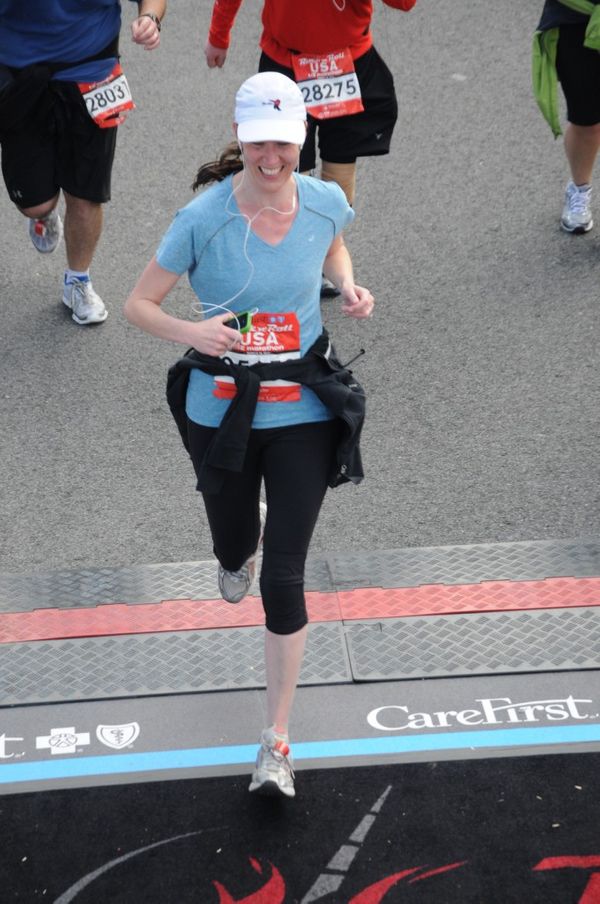When diving into extreme sports such as marathons, triathlons and crossfit competitions, there always needs to be a cross training plan in place to help prevent injuries - before, during, and after the event. The goal is to create an efficient body so that biomechanics move smoothly and in turn, the body is able to support the optimal shock absorption position which is a neutral pelvis and spine. With the Austin Marathon right around the corner (February 14!) and many extreme sports competitions coming this spring, I’m offering my tips to stay healthy and injury free during the training process.
For marathon running, focus on strengthening the core (shoulder girdle to hip girdle), hips, and knees for best results.





